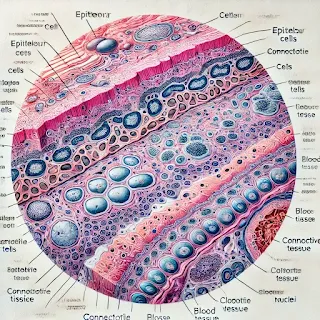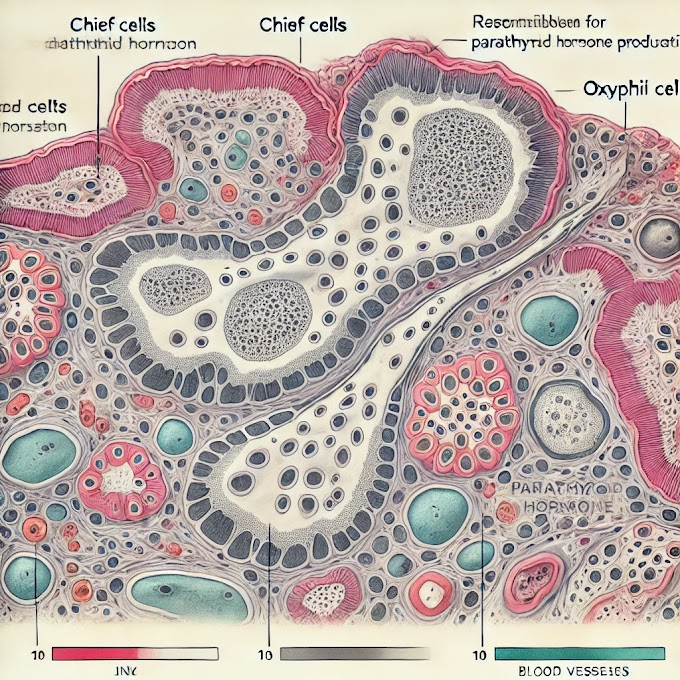Histology Slide Identification Points
Your go-to blog for Histology Slide Identification Points methods
Post Title
Histology Slide Identification Points.
Pre-post Section Title
All Histology Slide Cover This is where you can add some content before the main post content. It can be a description, note, or anything relevant.
Main post content goes here. You can write your blog content here with proper paragraphs, headings, and more.


























0 Comments